Considering a Career Transition
The journey to becoming a software engineer can be a challenging yet rewarding endeavor. It's essential to assess whether a career switch into software engineering is right for you. This involves understanding the necessity for time, grit, and persistence, as software development demands a substantial commitment that can range from months to years.
For those with a passion for technology, it could make the process more enjoyable. However, passion is not mandatory, but determination and perseverance are.

Educational Paths to Software Development
Option 1: Pursuing a CS Degree
Obtaining a Computer Science degree is a traditional route that offers a strong foundation for a career in software engineering. However, for those not in a position to pursue a CS degree, alternatives exist. In cases where your degree isn’t in CS or if you have no degree, a shorter, more flexible educational path may be preferable.
Option 2: Bootcamps
For those who can afford it, coding bootcamps provide intensive education in a short time span. However, with rising costs and a saturated job market, bootcamp graduates often face fierce competition for entry-level positions.
It's crucial to evaluate the decision carefully, especially considering the financial risk and the potential need for further self-study or additional qualifications.
Option 3: Self-Directed Learning
Self-directed learning is a viable path for those with sufficient determination and dedication. This approach involves setting up a routine, utilizing online resources such as courses on platforms like Udemy, and gradually building projects to demonstrate your skills.

Building a Solid Portfolio and Experience
As your skills develop, focus on building a portfolio with custom projects. Additionally, gaining freelance work or starting your own small business can provide practical experience that is invaluable in job applications.
Securing Your First Role
Marketing yourself effectively is crucial. Avoid labeling yourself as a "junior engineer"—present yourself as a capable and valuable candidate. Network, apply broadly, and continue honing your skills to maximize your opportunities.
Persistence is key; while the journey may be tough, with continuous learning and determination, you can successfully transition into a full-time software engineering role and enjoy a rewarding career.